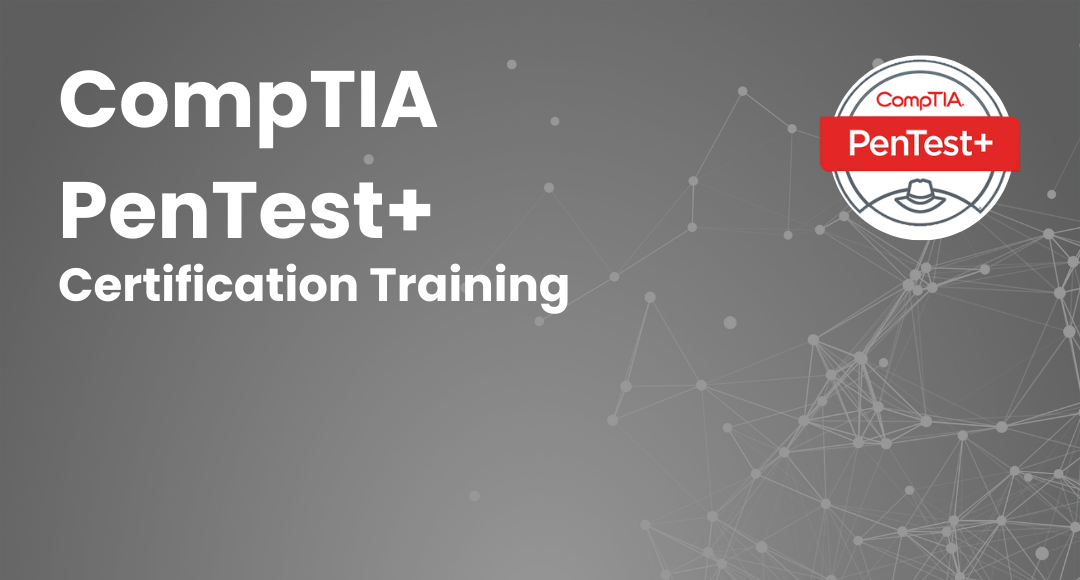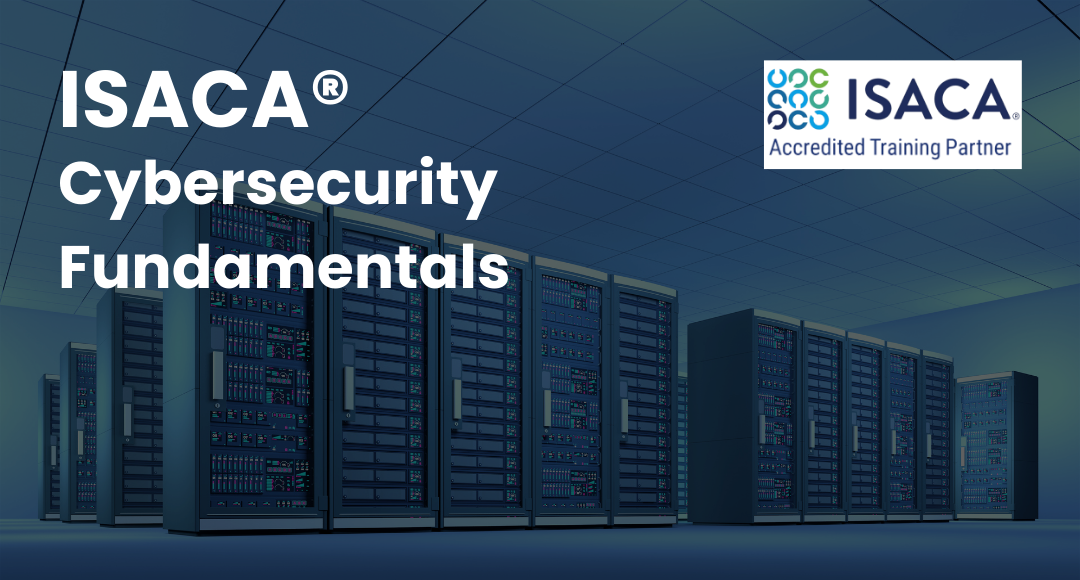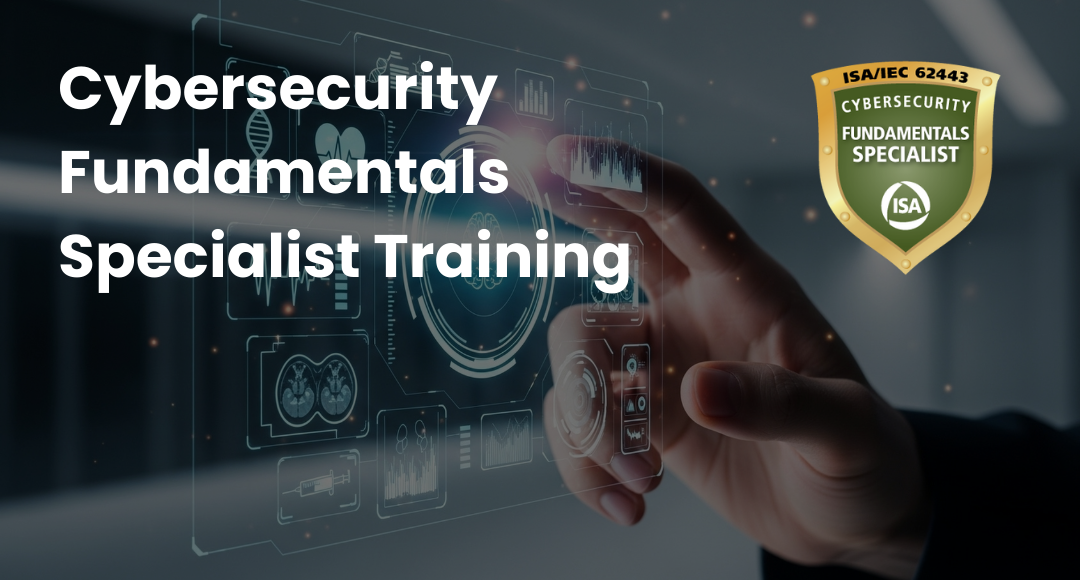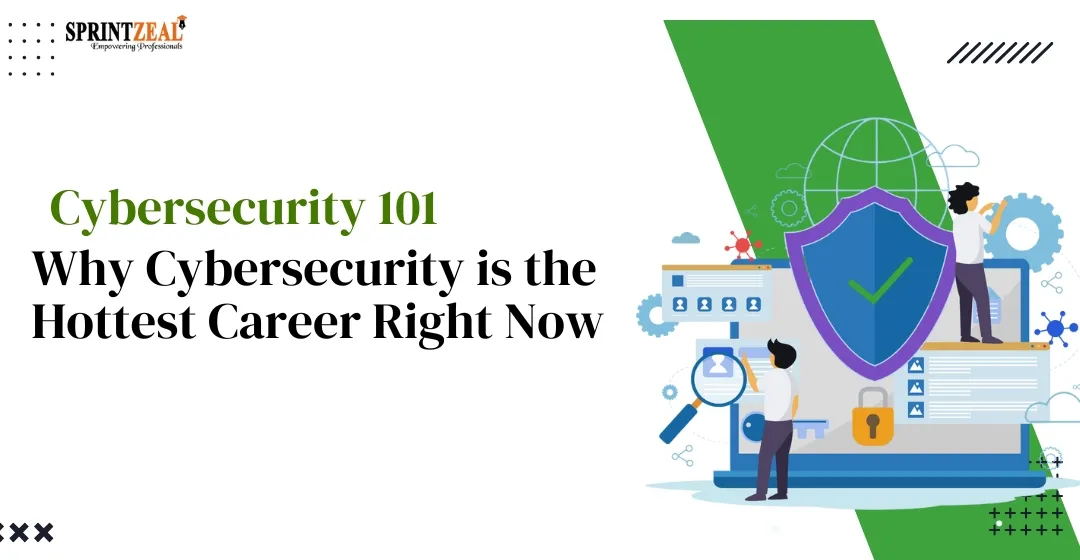What is Digital Forensics? Types, Process & Challenges
-
 By Sushmith
By Sushmith - Published on Jun 5 2023

Table of Contents
Introduction
What is Digital forensics? The process of collecting, analyzing, and storing digital evidence, that can be used in legal proceedings is known as Digital forensics. Finding evidence that can be utilized to solve crimes or support legal arguments is the aim of digital forensics. Emails, chat messages, papers, and other kinds of digital assets can all be used as evidence in digital forensic investigations.
Digital Forensics, as you may know, has increasingly gained buff due to the increase in the use of digital devices in our daily lives. This increase, now has led to an increase in the cybercrime, which in turn has increased the demand for Digital Forensics in the field of cybersecurity.
Digital Forensics - Types
Based on the device used and the investigation performed, Digital forensics is usually categorized into multiple types. The following are a few commonly used types,

- Computer Forensics
In Computer Forensics, digital evidence are collected from computers and are used for processing and analyzing. These evidences can also include information about the operating system, secured files, and history network activity. These evidences are collected in computer forensics and are then be used in various incidences including fraud detection, theft, and cyber-attacks.
- Network Forensics
Network traffic analysis is the method used in network forensics to gather data about crimes. To locate the origin of an attack or a suspect, this may involve examining traffic logs and packet captures. In circumstances involving cyber-attacks and data breaches, network forensics is frequently used.
- Database Forensics
Database forensics is the process of collecting and analyzing digital evidence from databases. This can include analyzing database logs and transaction records to identify suspicious activity. Database forensics is often used in cases related to financial fraud and data breaches.
- Mobile Device Forensics
The technique of gathering and examining digital evidence from portable electronics like smartphones and tablets is known as mobile device forensics. Providing evidence like Call logs, text messages, and location information to be used in mobile device forensics can often aid help in cases like cyberbullying, harassment, and child exploitation.
Process of Digital Forensics:
As discussed, digital forensics works on the basis of device used and the investigation performed. The processes digital forensics can be divided into four stages and they are,

- Collection
The first stage of digital forensics is collection. In this stage, digital evidence is collected from various sources. This can include seizing physical devices such as computers and mobile phones or collecting data from cloud-based services.
- Preservation
The next stage of digital forensics is preservation. In this stage, the digital evidence is preserved in a way that maintains its integrity and admissibility in court. This can include creating a forensic image of a device or copying data to a secure location.
- Analysis
The third stage of digital forensics is analysis. In this stage, the digital evidence is analyzed to identify relevant information. This can include using forensic tools to recover deleted files or analyzing network traffic logs to identify suspicious activity.
- Presentation
The final stage of digital forensics is presentation. In this stage, the digital evidence is presented in a way that is admissible in court. All the evidence is collectively documented as reports and is presented to a jury.
Staying updated to the latest changes and developments in the technology is a necessity for Digital Forensics Investigators. This allows them to stay a step ahead of the cybercriminals irrespective of their evolving methods and techniques of cyber-attacks.
Challenges in Digital Forensics
Despite paling an important role in the cybercrime and cybe4rsecuytity domain, Digital forensics also come with their own share of flaws and this hinders its effectiveness. The following a few examples.

- Encryption
Encryption is a method of securing data from unauthorized foregone access. Digital Forensics Professionals, in addition, must also have the knowledge and expertise of decryption. This decrypted data is further investigated and analyzed to document a report about the incidences and attacks.
Using vast amounts of encrypted data leads in developing new and advanced techniques of data encryption and decryption. Digital Forensics Scientists face a lot of challenges in accessing, decrypting, and analyzing all the encrypted data. To overcome such challenges, specialized tools are designed to help professionals develop implement new techniques. Since these tools do not come free, they also cost extra resources.
- Obsolescence
Another difficulty that digital forensics professionals encounter is Obsolescence. Digital devices are no exception to the ongoing evolution of technology. As new hardware and software are produced, existing technology becomes obsolete. This can be a significant challenge for digital forensics professionals because they may encounter devices or software that their manufacturers no longer support.
In some situations, they may lack the tools or software required to access or evaluates the data on the device. To address this difficulty, digital forensics practitioners must stay current on technology breakthroughs and tools.
Because of the speed at which technology is developing, digital equipment and software age quickly. In order to investigate and evaluate digital evidence, digital forensics investigators must stay current with the newest technology and techniques. Missed chances to find important evidence can occur when one doesn't stay current.
- Lack of Resources
In the field of cybersecurity, lack of resources can lead to major consequences. In addition to the specialized hardware and software being costly, shortage of qualified digital forensics professionals is another major challenge for organizations. This occurs due to the shortage in the invest resources for training and tools. These conditions in turn create a delay in investigation.
Designated professionals analyses massive amounts of data using specialized tools but, they are at the same time very time consuming and obviously cost effective but are demanding as well. To avoid this, organizations must make sure that their digital forensics teams are supported and funded with all the necessary resources. By investing in necessary tools and resources allows organizations to aid with under resourcing their employees.
- Legal Issues
In the process of Digital Forensics Investigation, investigators often end up including sensitive information that maybe then processed in legal processing. To present the evidences to the law court, it is very important that Digital Forensics Investigators are aware of all the legal issues surrounding their work. They must be completely aware of the laws and regulations that govern the investigation processes and also the legal requirements.
In any care of failure of presenting with legal requirements can straight lead to dismissing the case. Hence, it is very important for the investigators to make sure that the evidences being presented are been cross-examined to be testified in the court.
Digital Forensics Investigators are made to work meticulously with legal professionals and law enforcement agencies. This helps organizations overcome such challenges to ensure that the investigations are conducted and performed considering all the reverent applicable laws. Together with this, it is also equally important to maintain confidentiality to secure the evidences.
Conclusion
The field of digital forensics is essential for preventing cyber-attacks and helping to solve crimes. In order to help investigations and judicial actions, it involves gathering, analyzing, and archiving digital evidence. Investigators also deal with numerous challenges due to a few aspects such as increasing complexity of digital devices, technological change, and frequent change in tools and techniques.
Overcoming these challenges, digital forensics investigators work on a collective objective and that is,
1. To secure the digital data accuracy,
2. To globally provide security to businesses.
To keep one step ahead of hackers, digital forensics investigators must be aware of their constantly changing techniques. To be effective, they must conduct their investigations using a range of methods and instruments and keep up with the most recent advancements in technology.
Master your cybersecurity and network security skills and take them to the next level by enrolling in Sprintzeal’s Certified Information Systems Security Professional (CISSP) Certification Training. Our program courseware is curated and designed by industry experts to provide you with complete and thorough knowledge on all necessary security and networking concepts.
Visit Sprintzeal’s all courses page to explore more cybersecurity courses and services offered by Sprintzeal.
Subscribe to our Newsletters
Popular Programs
CISSP® - Certified Information System Security Professional
Live Virtual Training
- 4.8 (964 + Ratings)
- 38k + Learners
CISA® - Certified Information System Auditor
Live Virtual Training
- 4.2 (426 + Ratings)
- 15k + Learners
CISM® - Certified Information Security Manager
Live Virtual Training
- 4.5 (200 + Ratings)
- 63k + Learners
CCSP® - Certified Cloud Security Professional
Live Virtual Training
- 4.2 (964 + Ratings)
- 33k + Learners
Trending Posts
How to Stay Cyber-Secure in Work and Personal Life (Tips and Practices)
Last updated on Oct 23 2024
Dropbox Data Breach: What Companies Can Learn from It
Last updated on Jan 9 2025
Top 20 Reasons You Should Get a CISSP Certification
Last updated on Feb 14 2024
Cybersecurity 101: Why Cybersecurity is the Hottest Career Right Now
Last updated on Jul 7 2025
10 Biggest Data Breaches of the 21st Century
Last updated on Dec 18 2024
List of Top Security Certifications
Last updated on Jul 13 2023
Categories
- Other 69
- Agile Management 45
- Cloud Computing 56
- Project Management 172
- Big Data 66
- Business Management 88
- Digital Marketing 78
- IT Service Management 29
- Programming Language 58
- AI and Machine Learning 76
- IT Security 112
- Quality Management 78
- IT Hardware and Networking 25
- Microsoft Program 4
- Workplace Skill Building 13
- Risk Management 9
- Information Security 8
- Leadership and Management 9
- Corporate Training and Development 1
Trending Now
Top 5 Compelling Reasons To Get A Cyber Security Certification
ebookHow to Become IT Security Expert with CISSP Certification
ebookTop 20 Reasons You Should Get a CISSP Certification
ebookWhat is CISSP? – Everything about CISSP Certification Explained
ebookPass CISSP Exam - How to Clear CISSP Exam in First Attempt 2026 (UPDATED)
ebookCISSP Certification – Top 25 Career Benefits in 2026
ebookCybersecurity – Everything You Need to Know About it
ebookUpdated Google Certification Training Course list 2026
ArticleWhich Certification is best for Cybersecurity?
ebookWhich Cybersecurity Certification Should I Get First?
ebookCysa+ certification – Should you get it?
ebookList of Top Security Certifications
ArticleEasiest Security Certification to Get
ebookCISM certification cost and career benefits
ebookCybersecurity Fundamentals Explained
ebookISACA Certifications List 2026
ebookCareer Benefits of CISM Certification in 2026
ArticleList of Top Information Security Certifications in 2026
ebookCISM certification cost details
ArticleMitigate the Cyber-Attack Risks with Best Cyber Security Protocols
ebookCybersecurity Interview Questions and Answers 2026
ebookTop Cybersecurity Software Tools In 2026
ebookInformation Security Analyst - Career, Job Role, and Top Certifications
ebookCyber Security Analyst - How to Become, Job Demand and Top Certifications
ebookWhat is Data Security - Types, Strategy, Compliance and Regulations
ebookData loss Prevention in Cyber Security Explained
ebookCybersecurity Controls Explained in Detail
ebookCybersecurity Framework - A Complete Guide
ebookWhat is Cryptography - A Comprehensive Guide
ebookData Leak - What is it, Prevention and Solutions
ebookCybersecurity Career Paths Guide
ebookFuture of Cybersecurity - Trends and Scope
ebookCyber Security Careers and Outlook - 2026 Guide
ebook5 Cybersecurity Predictions in 2026 - Trends and Challenges
ebookScope for Cybersecurity in 2026 - Latest Update
ebookEthical Hacking Career: A Career Guide for Ethical Hacker
ebookApplication Security: All You Need To Know
ebookCybersecurity Roles - Top Roles and Skills to Consider in 2026
ebookHow to Get Cyber Essentials Certified
ebookTop 10 Cyber Security Threats and How to Prevent Them
ebookTop 10 Network Scanning Tools of 2026
ebookCyber Incident Response Plan: A Comprehensive Guide
ebookInformation Assurance Careers - Exploring Career Paths
ebookWhat is the Department of Defense (DoD) Directive 8140
ebookCybersecurity Mesh Architecture: What It Is and How to Build It
ebookWhat is Threat Modeling? Methodologies, Types, and Steps
ebookInformation Assurance Model in Cybersecurity
ebookHow to Become an Information Security Analyst Salary, Skills, and More
ArticleList of Top Department of Defense (DoD) Approved 8570 Certification Courses
ebookTop 5 Ransomware Attacks to Watch Out for in 2026
ebookJob Prospects for DoD Certified Professionals: A Pathway to Success in cybersecurity
ebook10 Biggest Data Breaches of the 21st Century
ebookWhat is a Cybersecurity Incident?-Types, Impact, Response Process and More
ebookCyber Security Planning - A Detailed Guide for Risk Mitigation
ebookWhat is Cybercrime? Exploring Types, Examples, and Prevention
ebookRecent Cyber Attacks & Data Breaches in 2026
ebookCybersecurity Strategy: Building a Strong Defense for Business
ebookCybercrime Impacts On Business: 6 Major Effects
ebook5 Types of Cyber Attacks You Should Be Aware of in 2026
ebookCloud Cyber Attacks: Causes, Types, Prevention and Protection
ebookCloud Malware: Types of Attacks and Security Measure
ebookCyber Attack Statistics and Trends to Know in 2026
ebookList Of Top Cybersecurity Threats In 2026
ebookSafeguarding Digital Domain: 10 Most Common Cybercrimes
ebookDemystifying Cloud-Based Cyber Attacks: A Comprehensive Guide
ebookPrevent Cyber Attacks: Strategies to Protect Your Digital Assets
ebookList of Top 10 Cybersecurity Careers in 2026
ebookTop 20 Cybersecurity Trends to Watch Out for in 2026
ArticleHow to Become Cybersecurity Engineer
ArticleUnderstanding Risk assessment in audit planning
ArticleFundamentals of Risk-Based Auditing: A Strategic Framework
ArticleRisk-based Audit Planning Guide for Beginners
ebookTop 8 Types of Cybersecurity Jobs and Salary Insights
ArticleA Comprehensive Guide to Building Risk-Based Internal Audit Plan
ArticleRisk-Based Internal Auditing Approaches: 7 Steps to Explore
ArticleCompTIA Security+ 601 vs. 701: Understanding Key Differences
ArticleWhy and How to Perform a Risk-Based Internal Audit
ArticleRisk-Based Auditing Techniques Explained
ebookEvolving Cyber Threats and Vulnerabilities in Cybersecurity Risk Management
ArticleWhat Is Secure Access Service Edge (SASE)?
ArticleHow to Stay Cyber-Secure in Work and Personal Life (Tips and Practices)
ArticleIBM Data Breach: Is IBM Really Breach-Proof?
ArticleTarget Cyber Attack: Key Lessons from the 2013 Data Breach
ArticleLinkedIn User Data Protection Explained
ArticleCanva Data Breach: Best Lessons for Users and Businesses
ArticleHow Did Capital One Respond to Their Major Cyber Incident?
ArticleWhat Innovative Measures Did Reddit Take to Protect User Data?
ArticleHow Does Slack Respond to Security Challenges?
ArticleTwitch Data Breach: Response, Changes, and Key Takeaways
ArticleGuess What Google Did When a Employee Breached Their Firmware
ArticleEthical Hacking Tools: Best Ones for Cybersecurity in 2026
ArticleWhat Happened When Cisco Faced a Cyber Incident?
ArticleWhat Sony Did to Rebuild Trust After a Major Cyberattack
ArticleHow to Handle a Data Breach? Learn from Microsoft!
ArticleCybersecurity Mesh: A New Approach for Security Design
ArticleHow Target Turned a Cyber Crisis into a Lesson for All
ArticleDropbox Data Breach: What Companies Can Learn from It
ArticleHow JPMorgan Chase Strengthened Security After Facing Cyber Threats
ArticleThe Future of Online Security: Trends to Watch in 2026
ArticleLatest Trends in CyberSecurity
ArticleTop 12 Cyber Security Apprenticeships with High Earning Potential in 2026
ArticleEnhancing Safety and Competence in Today's Workplace
ArticlePrivacy at Your Fingertips: How iPhone Users Can Use Tools Securely
ArticleAge Matters: Understanding the Generational Gap in Online Safety Education
ArticleCybersecurity 101: Why Cybersecurity is the Hottest Career Right Now
ArticleWhy Cybersecurity Training Should Be Part of Every Professional's Career Plan
ArticleHow to Protect Your Data When Traveling to Countries Like Malaysia?
ArticleTop Online Master's in Cybersecurity Programs for Working Professionals
ArticleHow AI Detectors Strengthen Cybersecurity in Modern Networks
ArticleHow to Become a Cybersecurity Engineer: Step-by-Step Career Guide
ArticleWhy Certification in Risk and Compliance Is Critical in Today’s Financial World
Article



















